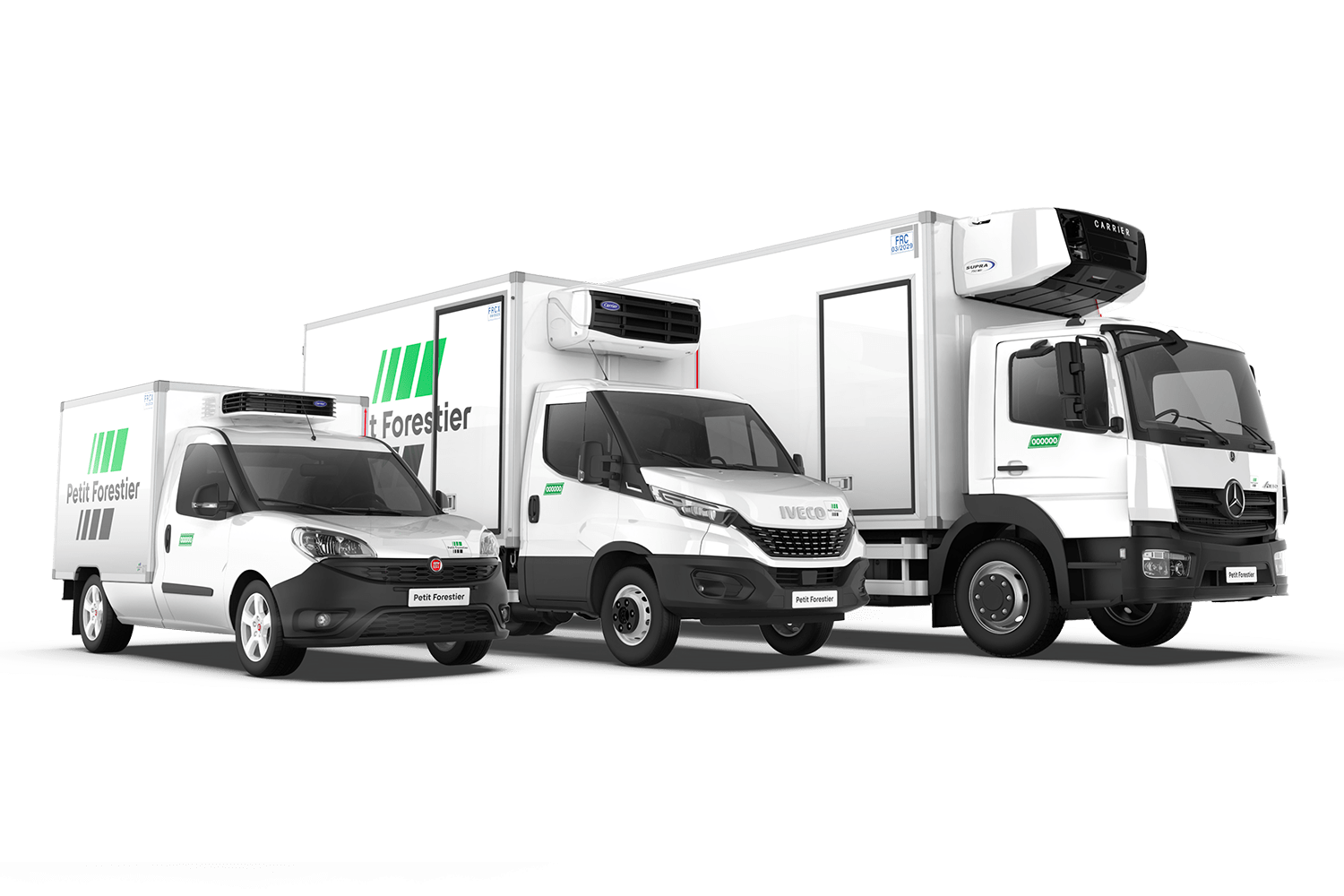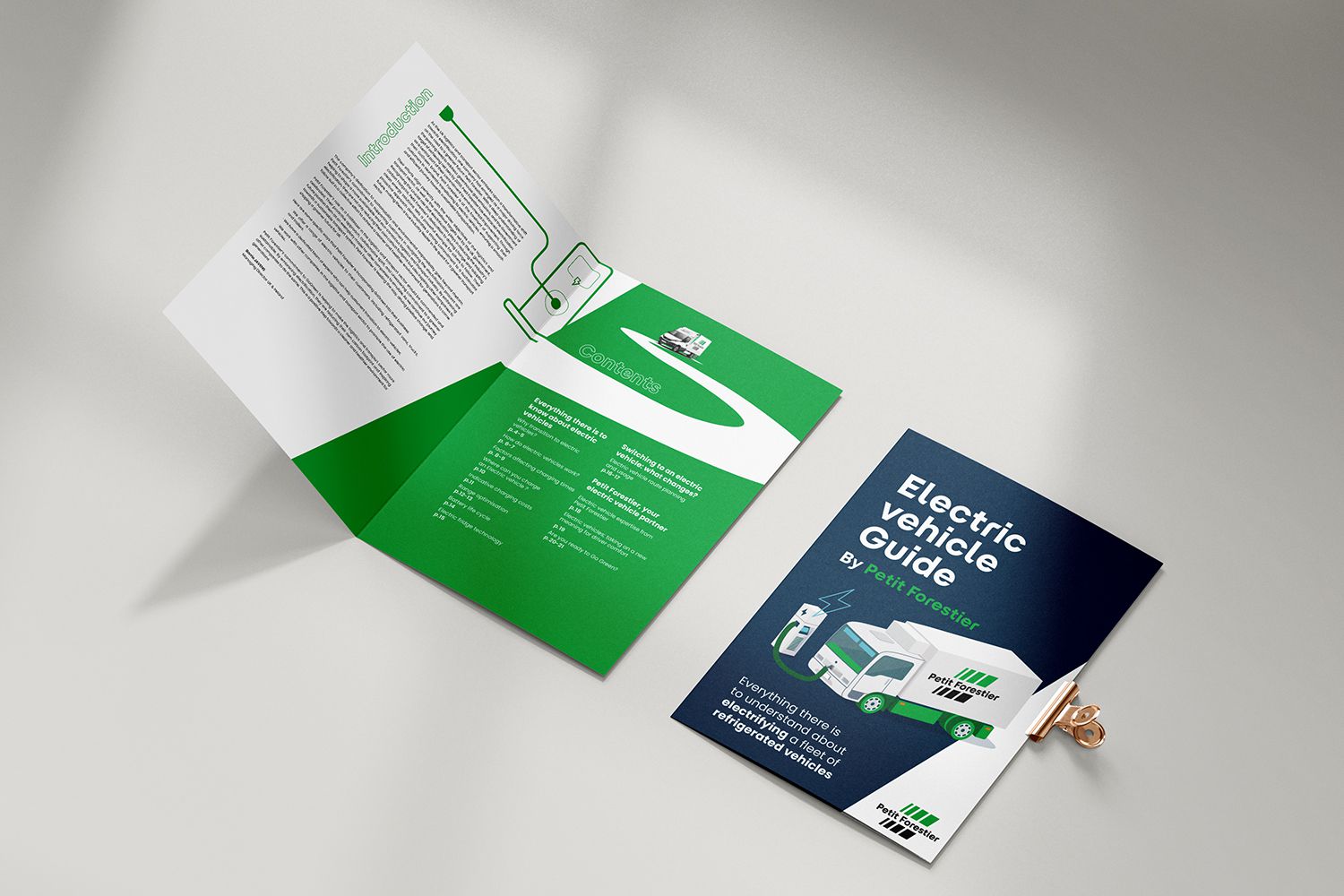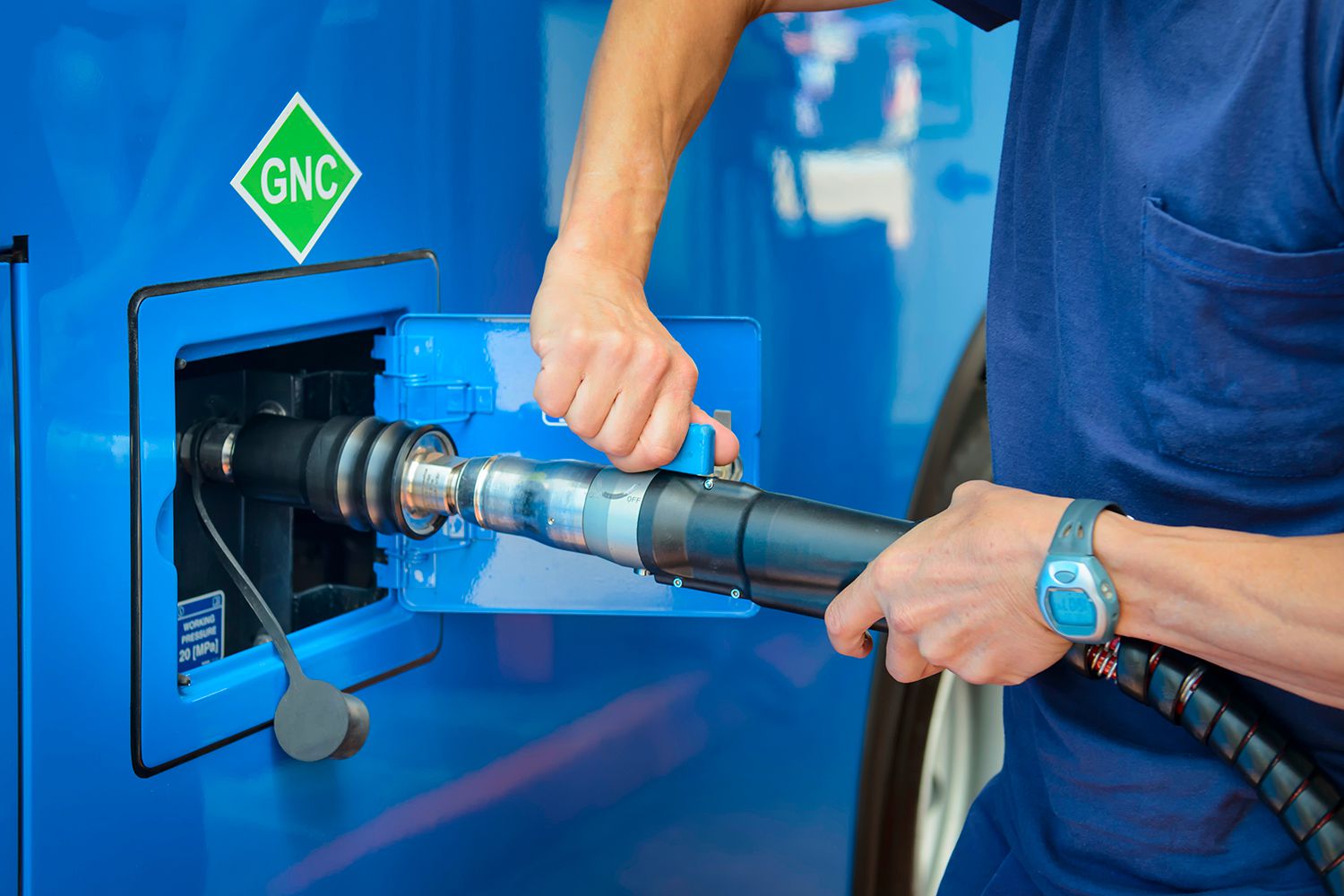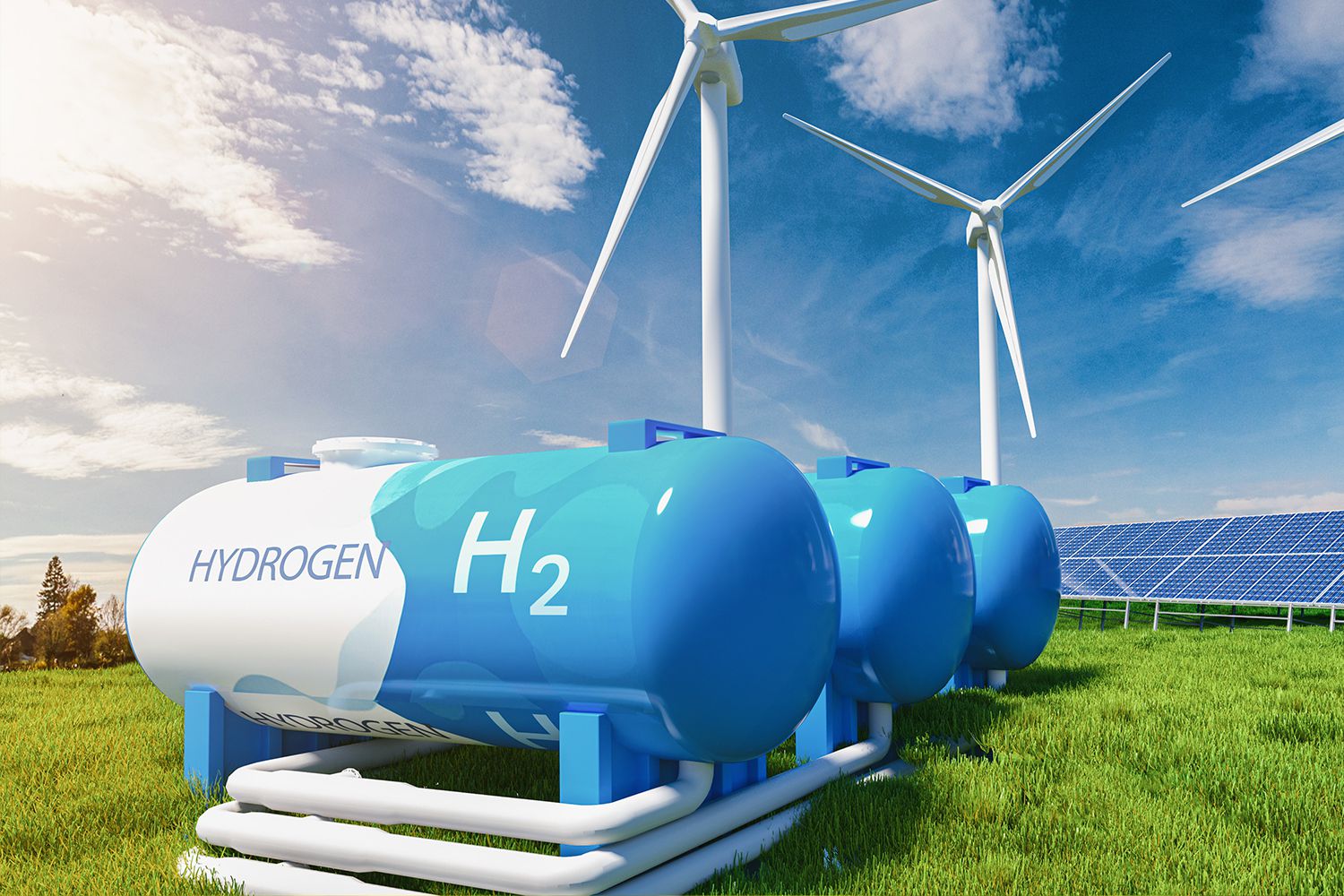
Energy transition
for your fleet

Driving greener:
it’s not just a matter of urgency,
it is an obvious choice
Given the various environmental challenges (global warming, air pollution), new regulations and traffic restrictions, transforming your fleet is becoming inevitable. That is why Petit Forestier has made the environment a key part of its corporate strategy for several years.
We are committed to supporting you in your energy transition every day, providing you with more sustainable solutions and a tailored full service to help you plan this transition with complete peace of mind.
Going green with Petit Forestier
means choosing
Recognised
business expertise
Our trained and committed teams support you throughout your project.
Alternative
fuel vehicles
A wide range of alternative fuel refrigerated vehicles to suit your business constraints and applications.
A complete and
personalised full service
From assessing your needs to handling all aspects of your vehicle’s transition, we also offer a range of additional services to optimise the management of your fleet.
A mutual
commitment
For over 50 years, we have been working every day to provide you with the solutions that best meet your current and future challenges.
Electricity, compressed natural gas,
biofuel or hydrogen, we have the answer!
Each solution has its strengths and weaknesses, so Petit Forestier can help you ask the right questions, based on your professional uses and needs, to help you choose the right vehicles for your needs.
We will make sure your fleet is ready for the new regulations, so you can continue to drive without restriction in Low Emission Zones (LEZ).
There are many LEZs in the United Kingdom and Europe, and they are changing fast.
Where is your nearest LEZ? Can your vehicle enter the zone? With this map, the Petit Forestier will help you to find out everything you need to know and to keep up to date with the LEZs that are currently in force.
Electric
The most accessible, can be charged anywhere
Electric solutions have been developing rapidly for several years for private individuals, as well as light commercial vehicles and HGVs.
Their popularity is justified by their environmental performance: Zero particulate and zero NOx emissions when driving; a 30 to 70% reduction in CO2 emissions, linked to the use of these electric engines and the way they are charged (depending on the source of the electricity); less waste generated (no engine oil, filters, belts, etc.). It is easy to see why they are so popular with professionals: they are easy to use, they are good for the environment… and they are more cost effective than petrol.
Why switch to electric?
Social and climate issues mean we need to rethink the way we drive. By switching to electric helps to:
Reduce emissions of polluting gases
such as CO2, a greenhouse gas is directly responsible for climate change, as well as NOx (nitrogen oxides).
Keep inner-city traffic
moving with vehicles that emit fewer air-polluting particulates.
Improve the quality of life in urban areas
by limiting the noise pollution that affects the well-being of city dwellers and drivers.

Want to know everything there is to know about electrifying a fleet of refrigerated vehicles?
In recent years, manufacturers have considerably expanded their range of electric commercial vehicles and heavy goods vehicles. However, electric vehicles are still more expensive to buy than a combustion engine vehicle. With its range of electric vehicles for hire, Petit Forestier is helping professionals move towards sustainable mobility!
Download the Petit Forestier guide to electric vehiclesThey’ve been won over !
Electric vehicles have quickly become the ideal solution for catering companies.
- Their delivery rounds are short: from the central kitchen to the various schools, health establishments or company canteens, they rarely travel more than 60 miles a day.
- Their deliveries are done in the morning, leaving the whole afternoon and evening to charge the batteries for the next day.
- They operate mainly in urban areas and know that they can drive into LEZs without having to worry. They can provide catering services even during peak pollution periods.

The electric range
A range that is designed to meet your needs and that evolves with the market trends to always offer you the best solutions.

Compressed natural gas
Proven technology
for long journeys
In the family of new fuels, CNG is a proven technology that manufacturers have been developing for many years (Petit Forestier launched its first natural gas vehicle in 2008). In recent years, the range of vehicles offered by manufacturers has expanded - particularly trucks, with an already wide range from 3.5 to 26 tonnes - and the main obstacle of refuelling is disappearing as CNG stations continue to be installed in the United Kingdom. Although this fuel has significant development potential, the current economic climate is having a direct impact on gas prices, making the economic equation more complex.

We answer your questions
- NGV, CNG, LNG: what are the differences?
Natural Gas for Vehicles (NGV) is the generic name for the gas, which comes in two forms. Compressed Natural Gas (CNG) is for light commercial vehicles and HGVs. It is stored at ambient temperature at 200 bar and offers a range of 200 to 500 km. Liquefied Natural Gas (LNG) is for HGVs. It is stored at -160°C at 10 bar and offers a range of 800 to 1,000 km.
- And how do you fill your tank?
After signing up with a gas supplier, natural gas is paid for using a fuel card. The tariff is therefore determined by an annual consumption commitment. It is important to note that tank capacity is expressed in litres, but the price of gas at the pump is in kilograms.
The compressed natural gas range
A range that is designed to meet your needs and that evolves with the market trends to always offer you the best solutions.

Hydrogen
The most promising
for the future
Research and development is underway for the first hydrogen-powered vehicles. However, the principle of the fuel cell that powers them was discovered in 1839. The idea? Generating electricity by oxidising and combining gases (hydrogen and oxygen). After many years of research and development, we will one day be able to offer a particularly clean mobility solution by adding a hydrogen tank to electric vehicles, as the only emission from the gas-fuelled cell is water (in the form of water vapour). Better still, it will double the range of the electric battery!

We answer your questions
- How does a fuel cell work?
In simple terms, it involves triggering a chemical reaction to break down dihydrogen molecules and isolate the electrons. The latter move from the anode to the cathode of the battery, producing the electricity that will power the vehicle. The electrons are then shared by the hydrogen atoms and oxygen atoms, which produces the water released by the engine.
- What is the current situation?
At Petit Forestier, we keep a close eye on the announcements and developments from the manufacturers and the feasibility of the bodywork. We also keep updated on the roll-out of hydrogen refuelling stations.




